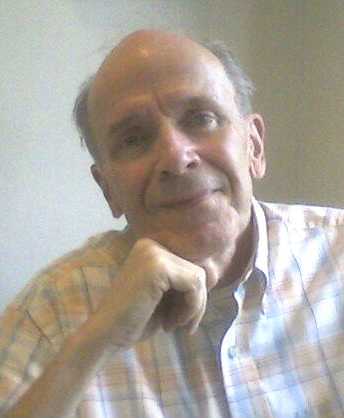Mechanical Engineer
Interests: Electron, Photon
Education:
Bachelor of Science in Mechanical Engineering, Carnegie Mellon University, 1955.
Graduate Work, Mechanical Engineering, University of Pittsburgh, 1957- 1959
Registered Professional Engineer, State of Pennsylvania.
Work Experience:
1955-1990- Energy Systems Divisions, Westinghouse Electric Corp.
Over thirty five years of commercial nuclear industry experience in mechanical engineering design, development, and performance problem solving in the areas of nuclear fuel assembly and fuel rod design, nuclear reactor internals design, steam generator performance, control rod drive mechanism testing and zero leakage seal design. Made notable contributions in the areas of fuel rod bow, fuel rod fretting and steam generator tube vibration analysis.
Solved mechanical engineering problems relating to fuel rod1 and fuel assembly vibration and wear, pre-irradiation and post-irradiation fuel rod bow, fuel assembly removable nozzles and vibration of steam generator tubes.
1/1991 to 2003- Independent Consulting Engineer
Design, fabricate and run test equipment; derive, program and develop mathematical models for sports equipment.
Analyze nuclear fuel assembly vibration problems.
Interview electric utilities and evaluate their need for proposed new products and services.
2003 to Present- Retired
At the 2003 Storrs meeting2, I described a static model for the electron where the fields extended to infinity. In looking ahead to the dynamic case, e.g., when an electron and a positron collide, the result is the creation of a gamma photon. I suspect this process takes place in a very short time.
The fields of the colliding particles are expected to readjust themselves according to Maxwell?s equations at the speed of light. Given the size of these particles, it would seem to require an infinitely long time for this readjustment to be completed. So we?re left with a gamma photon and remnants of previous lepton fields. Energy conservation would not be maintained.
I posed this problem to R. H. Dishington who had described an exponential solution to Maxwell?s Equation for lepton charge density which also extends to infinity3. He suggested that vacuum zero point fluctuations would mask the lepton field nearby, rendering the lepton essentially finite in size and thus able to interact with other particles in a finite period.
I couldn?t see how to incorporate this into my model and haven?t pursued the idea any further.
References:
1. "Vibration Correlation for Maximum Fuel Element Displacement in Parallel Turbulent Flow" - Nuclear Science and Engineering, Vol. 38, No. 1, October 1969, pp 63-69.
2. Journal of New Energy, Vol. 7, No. 3, pp 132-138, titled "On the Possibility of a Source Free and Singularity Free Field Model of the Electron".
3. PHYSICS.pdf, http://www.lafn.org/~bd261/, Note 1. R. H. Dishington, bd261@lafn.org, P.O.Box 333, Pacific Palisades , CA 90272.


